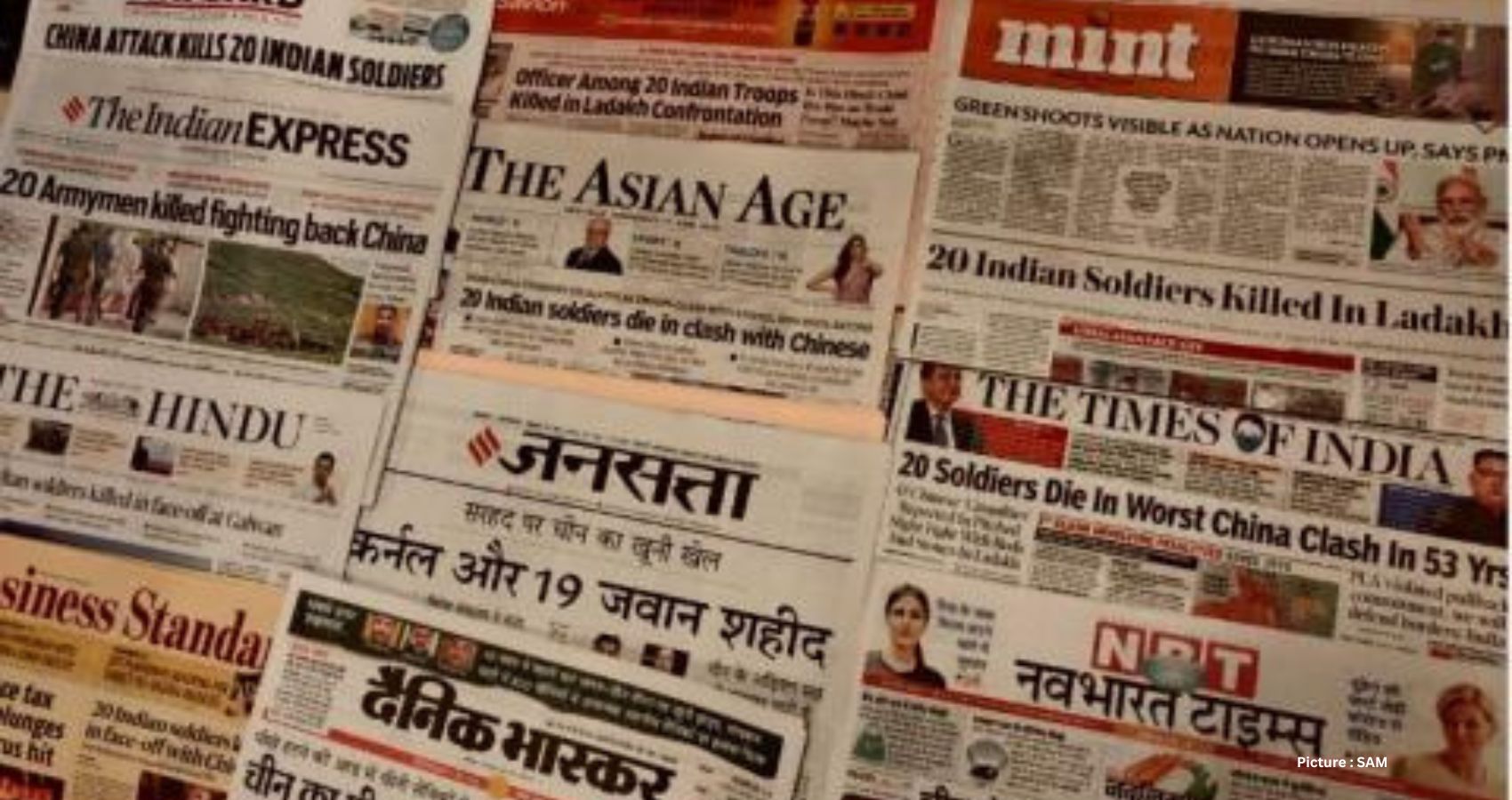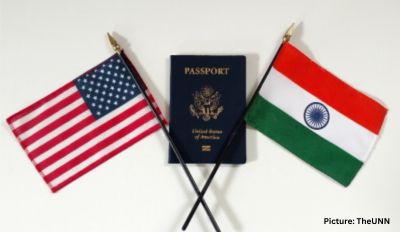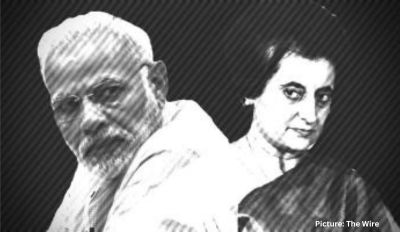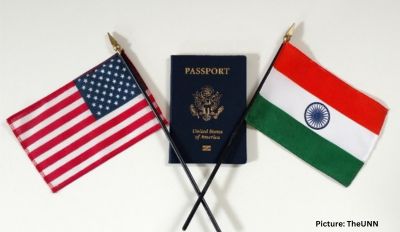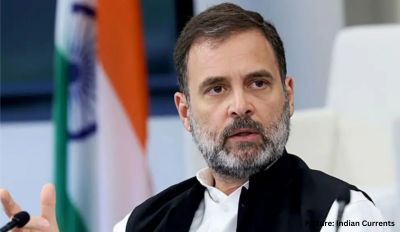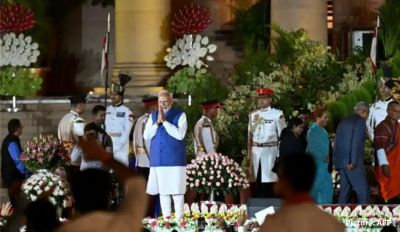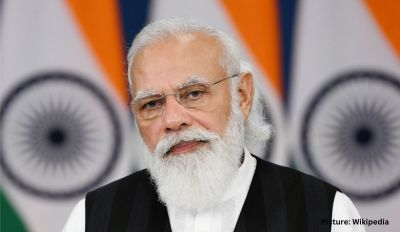Resurgent right-wing politics and ‘ubiquitous hyper-nationalist politics’ have been global phenomena that have taken different forms of governance into their folds. The case of India and China can be two contrasting examples of the rise of such hyper-nationalism. The case of the United States will also be discussed.
Nationalism has deeply influenced media narratives in the recent conflict between India and China, where the governance structure is fundamentally different. India is the world’s largest parliamentary democracy, and China symbolizes one-party totalitarianism, where the Communist Party is the world’s largest political party.
While the electoral promise of social and economic upliftment in the world’s largest democracy, India often rejects media dissent and creates an ecosystem whereby major stakeholders in the media landscape conform to the government and are expected not to ‘oil the wheels of democracy’ and bolster nationalistic ideas and opinions through their pervasive and persuasive media narratives; a section remains within that media landscape in India which also keep making efforts to speak truth to power, often questioning and introspecting the government narratives, ranging from less-nationalistic to non-nationalistic. Such counter-thoughts to construct a parallel narrative alongside the mainstream nationalistic media narrative provide a wholesome and divergent interpretation of information, which often baffles the reader into asking which is the ‘real story’.
In China, the media is perennially nationalistic and conforming to the state which owns the media; dissent or contrasting ideas, opinions and facts are either smuggled out through the social media platforms (which face strict censorship once dissent is spotted) or are published by some foreign media who base their research on sources embedded within the Chinese society or collect data from short-lived Chinese social media accounts. An example of this can be drawn from the fact that the Australian media organisation The Klaxon, which conducted a year-long investigation by Chinese social media researchers, published a report stating that at least 38 Chinese soldiers died in the Galwan Valley clash, contrary to the Chinese government’s claim of four casualties only.
Contrasting narratives of conflict
Political, structural, economic, and cultural issues often influence and guide media narratives and journalism practices. Several previous studies around print media narratives have shown the power relations at work in constructing and disseminating information. The mainstream Indian media, a section of which has mostly been a subject of the nationalist government’s monopolistic control, has often served the ends of the dominant elite. Dominant political narratives and media narratives have often resonated where nationalism was used as a keyframe in conflict-reporting of the Sino-Indian border clash.
Democratic India also allowed room for the media organisations critical of the ruling Bharatiya Janata Party (BJP) government to report the 2020 Sino-Indian conflict critically, deviating from the majoritarian media practice of toeing the government line. The primary sources of information, however, remain unchanged as the actual conflict was largely opaque, with hardly any avenue to learn the exact sequence of events as the conflict unfolded in the darkness of the night of 15 June 2020. Some of these media organisations also relied on reports published in the leading Western media.
They analyzed satellite images from US-based space technology firm Maxar Technologies and earth-imaging company Planet Labs to highlight Chinese military build-up and construction of roads in the Galwan Valley. Reporting of the Galwan conflict and the media narratives that were constructed around it were distinctly different in the Indian media ecosystem, which was circulated domestically than it was in the state-controlled Chinese media ecosystem; however, nationalism remained an important frame in the democratic media landscape.
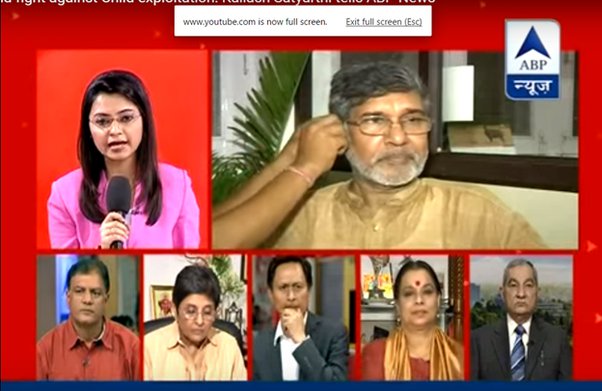 Nationalism, in the case of the United States, is also a significant frame used by media organizations to project their own nation’s image to the rest of the world. While some media organisations in the US can be identified as being aggressively nationalistic (we see that in the media organizations’ coverage of reports that helped President Donald Trump win the 2016 presidential elections, for example, Fox News), others are more balanced, accurate and unbiased such as the CNN or The Wall Street Journal. This does not, however, prevent these media organizations from identifying themselves with values and principles that they uphold as the identity of their ‘great’ nation. Equality, rule of law, representative democracy, freedom of speech, individualism, and patriotism often resonate in the media reports from these revered organizations. Ironically, some of these values are put on the back burner when media organizations of international repute, reverence, and credibility in the US report on developments that contradict their country’s geopolitical goals.
Nationalism, in the case of the United States, is also a significant frame used by media organizations to project their own nation’s image to the rest of the world. While some media organisations in the US can be identified as being aggressively nationalistic (we see that in the media organizations’ coverage of reports that helped President Donald Trump win the 2016 presidential elections, for example, Fox News), others are more balanced, accurate and unbiased such as the CNN or The Wall Street Journal. This does not, however, prevent these media organizations from identifying themselves with values and principles that they uphold as the identity of their ‘great’ nation. Equality, rule of law, representative democracy, freedom of speech, individualism, and patriotism often resonate in the media reports from these revered organizations. Ironically, some of these values are put on the back burner when media organizations of international repute, reverence, and credibility in the US report on developments that contradict their country’s geopolitical goals.
Double standards in coverage
The fact that nationalism seeps into the ways in which some of the best media organisations in the world cover global incidents can be understood if one pays close attention to the US media coverage of two ongoing conflicts that have plagued the world. Coverage of the Russia-Ukraine conflict, which escalated on 22 February 2022, and the coverage of the Hamas-Israel conflict, which broke out after Hamas attacked on 7 October 2023, as being witnessed in the mainstream US media organizations, re-establish the fact that not only nationalism but a mix of nationalism with a capitalist veneer helps in advancing geopolitical ambitions.
A close analysis indicates the hierarchy of geopolitical influences marked by double standards in covering such issues as human rights and racial equality witnessed during the two invasions: one undertaken by an old adversary of the United States (Russia) and another by a staunch US ally (Israel).
Chinese President Xi Jinping has often said on several occasions that China needs to tell its story well. This has also become the mantra in mainstream media organisations in countries that, unlike China, have democratically elected governments. Nationalism is a dominant frame that the media uses in each of these three countries – India, China and the US – in diverse variants and in methods that are complex and intricate to understand and surely worth intellectual investigation.
(The author is a PhD scholar at Hong Kong Baptist University. Views are personal. He can be contacted at [email protected]) Read more at: https://www.southasiamonitor.org/medley/nationalism-dominant-frame-global-media-narratives-india-no-exception

